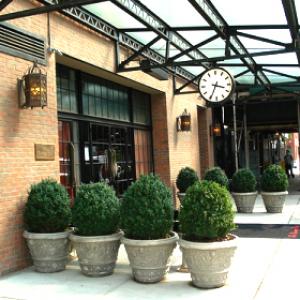
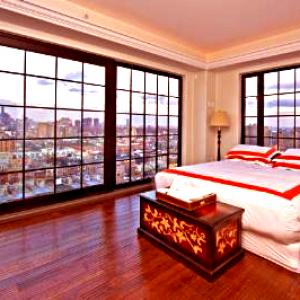
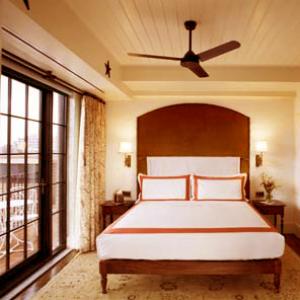
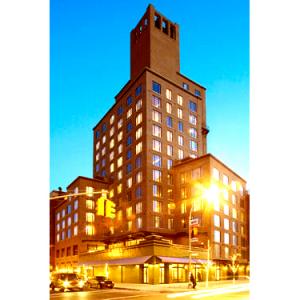
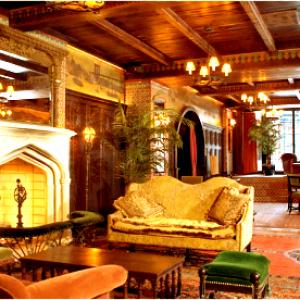
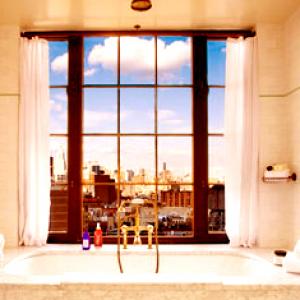

Project Manager/Designer: Tamar Kisilevitz, Stephen Conte
Visit: www.aptsandlofts.com
This project is an adaptive reuse and gut renovation of an existing abandoned cheesecake factory in the Williamsburg section of Brooklyn. It is situated among two and three story buildings. The mustard yellow cast stone and concrete framed structure is in excellent shape, and lends itself to a simple residential conversion with large windows and 11 foot ceilings. The scope of work includes relocating the existing stair core and adding a public stair, and opening up previously closed in masonry openings. A new glass and steel penthouse floor shall be added on the roof to create top-floor duplex apartments, and will provide access to large private terraces and magnificent views of Brooklyn. Our design retains the building's original industrial character, dating back to 1911, but gives it a residential edge with transparent glass railings on new discrete balconies, and the substitution of the existing loading docks with an access ramp at street level. The building shall remain in its existing color, and the caste iron cornice and first floor facade shall be dark grey. The alteration of the building in compliance with Article 7B of the New York Multiple Dwelling Law permits a new penthouse addition on the roof, which redefines the base and main portion of the building as a three-part facade and completes the building visually by creating a new addition that echoes the classical first floor facade in color and massing but uses glass and steel as a modern expression.
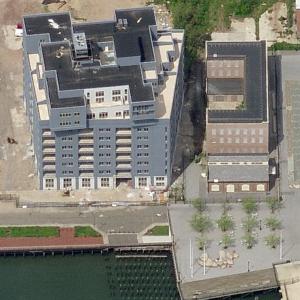
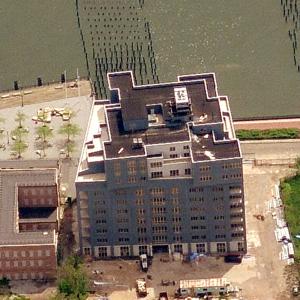

Project Manager/Designer: Robert M. Scarano jr.
Visit:
Located in the Saint George section of Staten Island, the existing poured in place concrete factory building stood as a monument to the decay of the manufacturing and industrial age in New York City. Constructed in the 1930's and used to store raw materials, the waterfront structure was part of a complex of other factory buildings on the property and had the potential to be transformed into a successful residential development. With large, family style simplex apartments in the existing building and specialty duplex apartments on the new floors this conversion and addition boasts both waterfront and Manhattan skyline views. Designed in a style that would be striking and modern on the skyline, the bulk of the addition drapes down the original facade to create a union between both masses. Contrasting colors of stucco and recessed balconies complete a facade, which is both eye catching and bold.
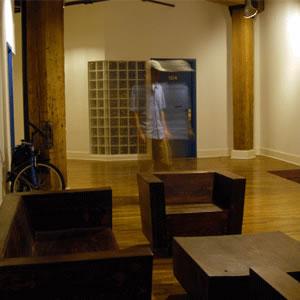
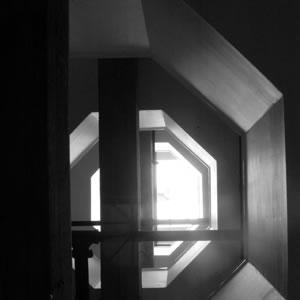

Project Manager/Designer: Eugene Drubestskoy
Visit:
The great challenge of making a space feel flexible and open was successfully met in this conversion of a factory building and subdivision of a large open space into loft apartments. Removing years of built up paint on both the interior and exterior revealed a strong, stable structure that could be the backdrop for the new apartment interiors. By placing the interior wall grid on a forty-five degree angle, unique interior spaces were created that provided the flexibility required by their artistic tenants, who signed up for units during construction as it became apparent by the demand that this Greenpoint loft building was a special place to live and work. In what quickly became an exercise in conservation, the green design of the building includes all those items which would award an LEED certification to the project.
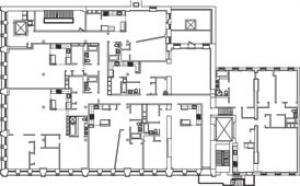
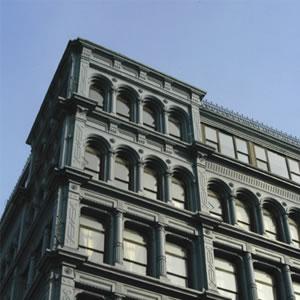
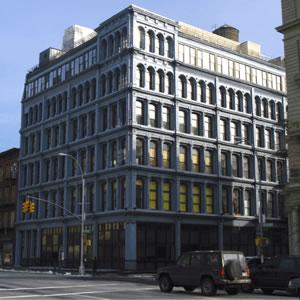
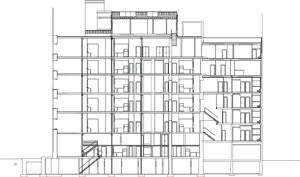

Project Manager/Designer: Robert M. Scarano jr.
Visit: www.aptsandlofts.com
The gut renovation, exterior restoration and addition to the dramatic cast-iron Smith-Gray Condominium building (138 Broadway Street), affectionately known to locals as "The Blue Building", constituted the preservation of a Brooklyn landmark. Our design approach was detail-oriented, and the careful design for the exterior restoration focused on the Corinthian columns, art deco detailing, large windows on the ground floor that progress into Roman arch-top windows on the upper floors, and subtle blue coloring. The facade details vary at every floor, which presented a detailing challenge for the restoration portion of the project. The overall effect gives the building a feeling of solidity and grace complimented by gentle blue tones, which change according to the time of day. The penthouse addition is hardly visible from the street, in an attempt to maximize floor area without compromising the impact of the building in its context and its historical significance. The apartment layouts take full advantage of light and air, and all mechanical and plumbing shafts were consolidated to create an environmentally conscious design. The blending of new and old has produced a sensitively preserved structure and exterior wall system, which wraps around 40 unique loft-style apartments ranging from studio to three bedrooms in size. The addition of two penthouse floors brings this building to a total area of 60,000 square feet, with a construction budget of $4.5 million at approximately $75/sf. The renovation of this distinctive building spurred the conversion and development of over 15 projects within a one block range. It has, in addition, managed to attract many young professional buyers to this rapidly gentrifying community by providing a luxurious lifestyle with state of the art interiors in a classical setting.
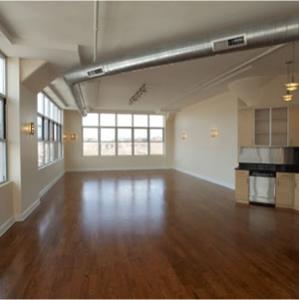
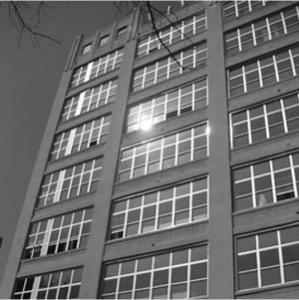
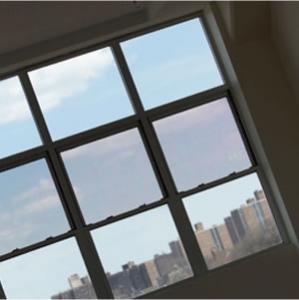
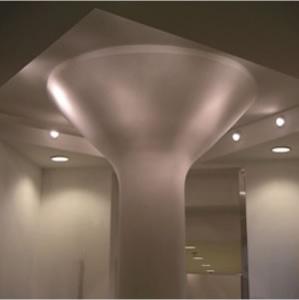
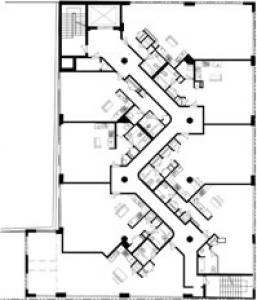

Project Manager/Designer: Eugene Drubestskoy
Visit: http://thedevelopersgroup.com
176 Johnson Street is an 8 story, 64,000 square foot industrial building, which was converted into a 56-family residential condominium. It is one of the first factory buildings in the downtown Brooklyn area that was rezoned by the Board of Standards and Appeals as part of a new master plan for the Brooklyn downtown redevelopment. In an attempt to preserve the continuous feeling of the currently uninterrupted 8300 square foot floors, with their large windows and elegant flared columns, and, in addition, in trying to avoid long corridors lined with doors, a layout was developed in which the columns are accentuated, acting as dramatic buffers between the public hall and intimate entranceways into apartments, broken off diagonally from hallway circulation. Full-height views around the columns enhance the dynamic sense of these entrance ways, while the main corridor ceiling is lowered to accommodate the tightly designed, highly efficient, mechanical core. Bathrooms and kitchens are also organized around a tight core, effectively reducing plumbing and mechanical costs and creating a continuous open main space that is rich with natural light and air. The apartments, ranging between 800 - 1,200 square feet, are flexible in their layout so that they can easily be converted into one, and even two bedroom apartments though sold as open lofts. This building combines all the luxuries of fine city living, with private parking and storage rooms in the cellar accessed by a newly constructed ramp, and a commercial first floor, including a gym and other retail spaces. With the up and coming development initiatives in this neighborhood, The Toy Factory Lofts development stands out as one of the most successful residential ventures in the area.
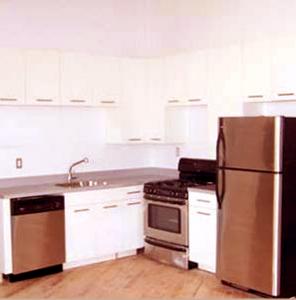
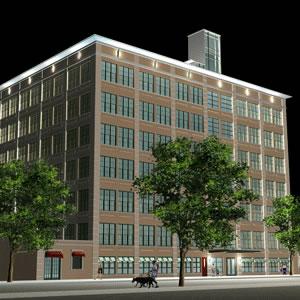
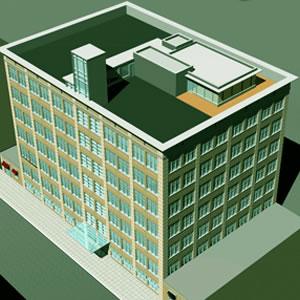
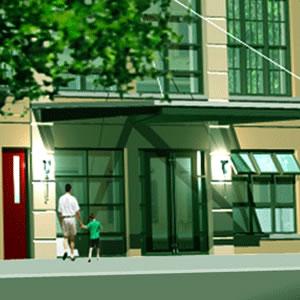
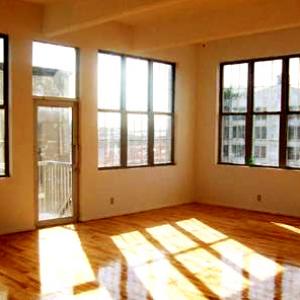
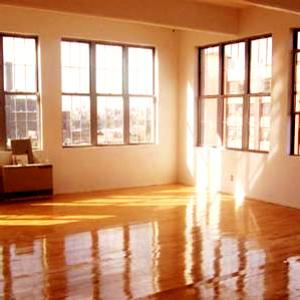

Project Manager/Designer: Tamar Kisilevitz
Visit: https://www.citihabitats.com/
This project is a loft conversion of what was previously a factory building, located near the East River front in trendy Williamsburg. Our design for 75 artist lofts is an attempt to think outside the square 'loft-box' building, with its typical long corridors lined with doors. Our design was developed with a focus on minimizing public corridors. Two central hexagons consolidate the apartment entrances at opposite ends of the corridor, and a central hexagon provides an intersection between those and the elevator, stairs and public services. These intermediate areas echo the form of the hexagonal columns on most floors. The lofts were laid out to create a tight core of kitchens and bathrooms, leaving a perimeter of large open spaces, which are open to views, light and air, and yet are sub-dividable if needed. This, in turn, consolidated the mechanical and plumbing shafts, reducing the cost of construction significantly. A new elevator was installed, which terminates at a "sky lobby" on the landscaped and decked roof, taking full advantage of 360-degree views of New York City.